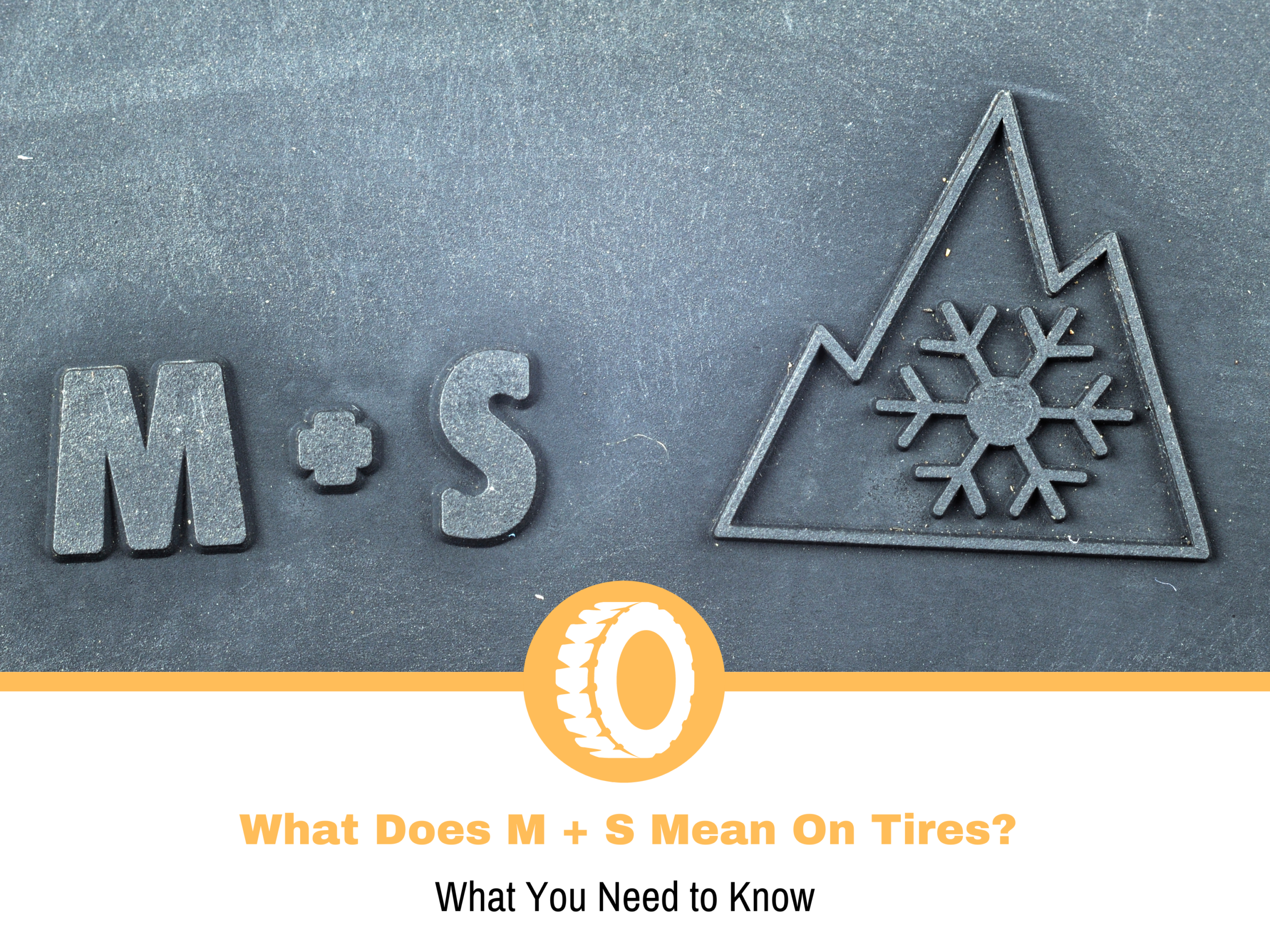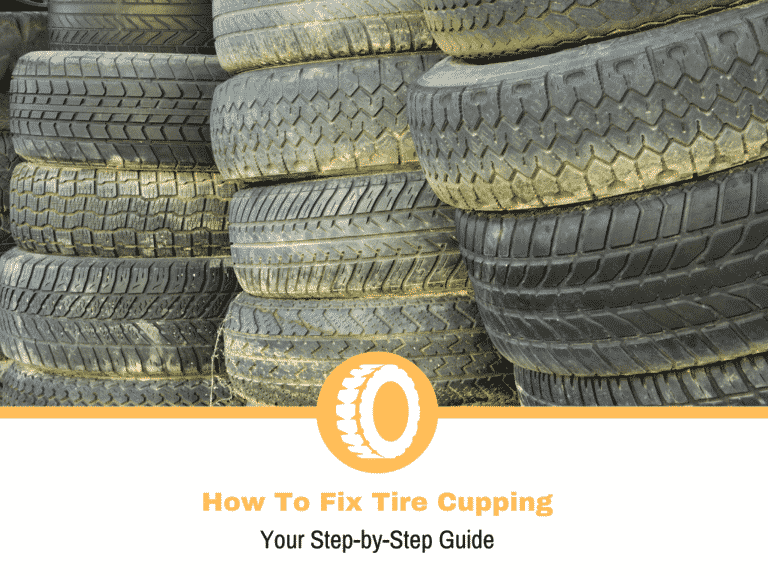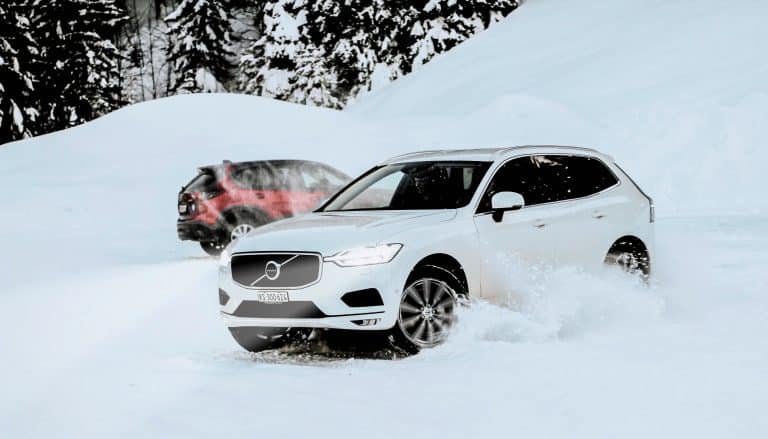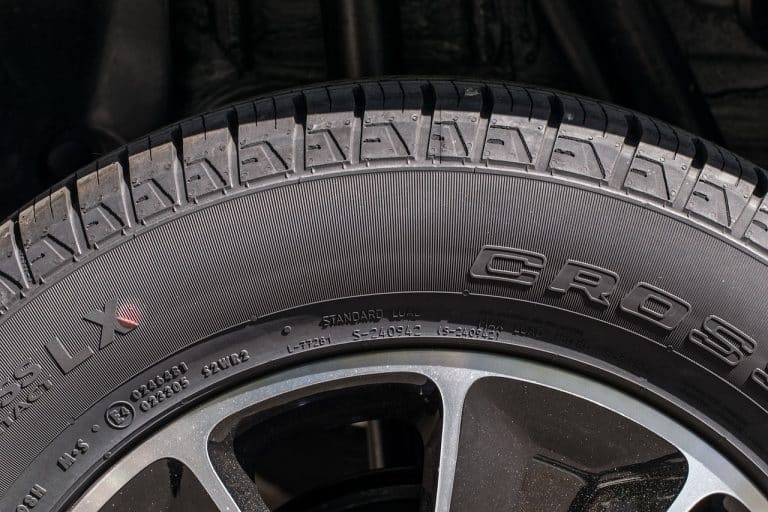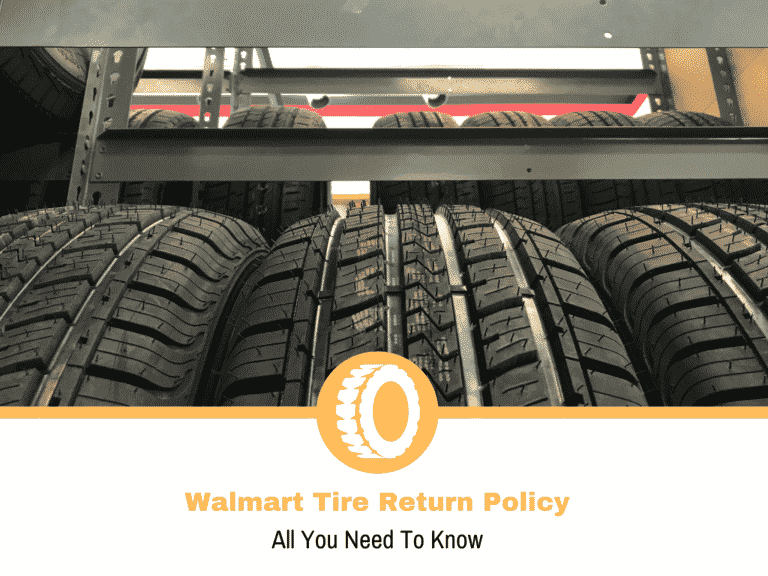What Does M + S Mean On Tires?
To differentiate tires with additional mud and snow traction from tires with ribbed treads, which were widespread at the time of their introduction, the M+S designation was first used in the 1970s.
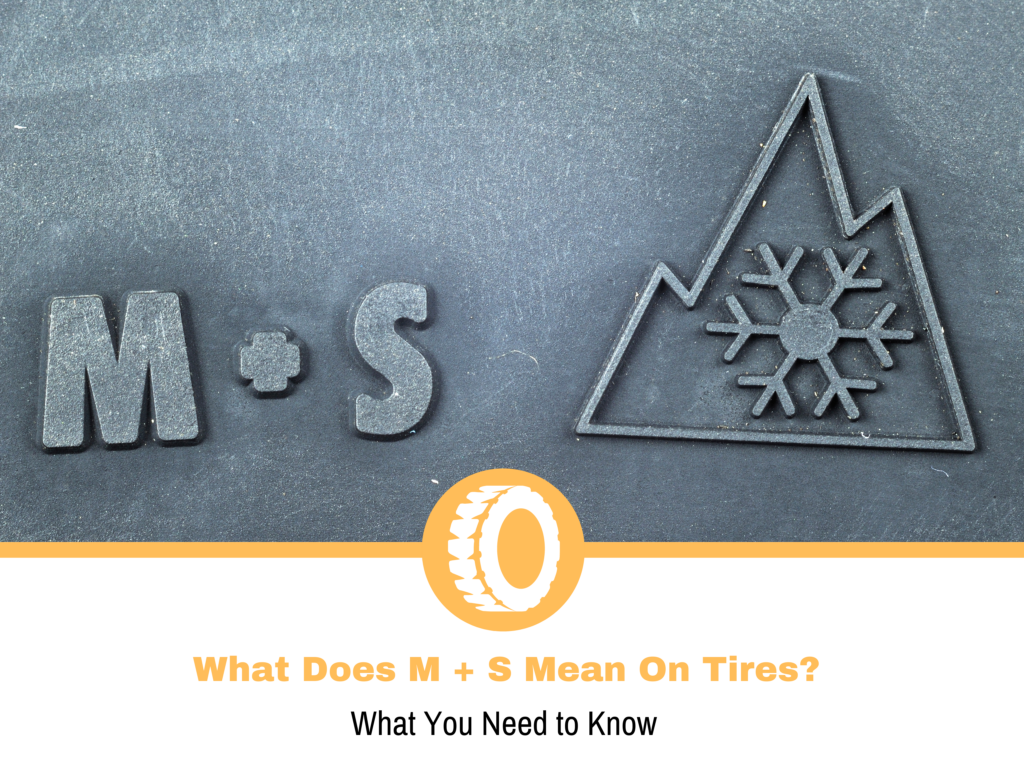
Tires with the “M+S” grading and stamp on the sidewall have to have a certain sort of block tread pattern as well as increased traction qualities in order to receive this designation. Even though the standards for this classification are actually quite low, particularly for typical winter driving conditions such as packed snow and ice, the “M+S” certification system has established itself as the benchmark for assisting the average tire buyer, as well as law enforcement, in determining whether a tire has even the most fundamental level of snow traction.
In order to better identify tires, the Department of Transportation (DOT) and the Rubber Manufacturers Association (RMA) have created approved testing and tire marking procedures over time, which have shown to be effective. The “M+S” marking system, as well as the “Three Peak Mountain Snowflake” emblem, are two of the most often used tire marking systems for winter usage.
Neither the submission of tires for testing nor the placement of these markings on the side of automotive tires are mandatory requirements for tire manufacturers. As a result, it is critical to do a thorough inspection before purchasing new tires. Despite the fact that you may be purchasing an all-season tire that is touted as being suitable for year-round usage, with excellent snow and ice performance, if your tire does not have the letters “M+S” inscribed somewhere on the sidewall, your tire may be ruled dangerous for driving on certain roads.
Is an M+S Tire Suited for All Conditions?
It is not necessary in all cases.
“Mud + Snow” is an abbreviation that simply means that the manufacturer considers that the product will perform better in mud and snow than other variants. This could be construed as deceptively positive.
Always keep in mind that while “M+S” is marked on all winter tires, this does not always mean that all tires with “M+S” marking have winter properties.
On some all-season tires, you will additionally see the initials “M+S.” However, vehicles sold in the United States of America also bear the designation, despite the fact that they do not satisfy the needs of drivers during the winter months.
As a rule, “M+S” tires should be made of a very soft rubber compound and should have deep grooves and a unique sipe design to provide greater performance in the snow. Because these characteristics have not been subjected to rigorous testing, they may be considered unreliable by certain users and researchers.
What Are Mud and Snow Tires and How Do They Work?
Tires designed for use in mud and snow situations have been approved for use in both muddy and snowy conditions by the Rubber Manufacturers Association. Tires with the “M+S” designation are commonly identified by the letters “M+S” on the sidewall of the tire (depending on the brand, it may be shown as M & S or just MS).
Mud and snow tires, in contrast to summer tires and some lower-performance all-season tires, typically contain deep ridges that provide improved performance in slippery situations. Even some summer tires technically meet the minimal M & S tire specifications, but most tire manufacturers only identify tires with enhanced grip capabilities as mud and snow tires. Aside from that, mud and snow tires are generally built to provide superior traction in colder situations than summer or conventional all-season tires.
The Advantages of Using Mud and Snow Tires
Mud and snow tires frequently have deep grooves that provide improved grip on the road when driving in severe weather. They also assist you in maintaining traction in low weather due to the rubber’s ability to remain flexible in cold temperatures. They are designed to provide traction in temperatures below 45 degrees Fahrenheit, as opposed to summer and all-season tires.
Some mud and snow tires, particularly those with studded treads, can give even more grip. Metal studs protrude from the tires in order to dig into mud, snow, ice, and other conditions that might cause traction to become compromised.
The Disadvantages of Using Mud and Snow Tires
Mud and snow tires are ideal choices for drivers who must navigate muddy or slippery terrain. It’s important to remember, though, that they don’t function as well in hot weather. Although the soft rubber is resistant to hardening in low temperatures, it is less suitable for use in hot weather. In order to keep up with the changing seasons, drivers must replace their tires. As a result, many drivers have both mud and snow tires as well as all-season or summer tires on their vehicles.
Selecting Mud and Snow Tires
Looking for the “M” and “S” initials on the side of the tires can help you distinguish between mud and snow designs when you’re out shopping for tires. Depending on the manufacturer, the label may say “MS,” “M&S,” “M+S,” or any other variety of the letters “MS.”
Some tire manufacturers identify their tires as “mud and snow” tires, despite the fact that this is a less popular designation. It means that the tire has been carefully developed to provide maximum control in icy, snowy, and muddy circumstances. If you notice these initials on a tire, you can be assured that the tire has been designed to give optimal control in icy, snowy, and muddy situations, among other factors.
Always make sure that you choose the correct size mud and snow tires for your car when purchasing mud and snow tires. Your owner’s handbook will generally provide the information you need to figure out what size tires you need for your vehicle.
It is essential to select a mud and snow tire that is a suitable size. It is possible that a tire that is even slightly too large or too small cannot provide the benefits you need when driving in cold, muddy, or slick weather. Tires that are not correctly sized generally wear out more quickly and might create technical difficulties in your car.
If you spend a lot of time driving in slippery conditions, you should think about the advantages that mud and snow tires may provide for you and your vehicle.
What Is the Difference Between Mud and Snow Tires and Winter Tires?
When driving in snow and freezing weather, winter tires are the best option. You can get by with mud and snow tires in light snow, but if your typical driving takes place in temperatures below 44°F (around 7°C), you should invest in a pair of decent winter tires. In other words, mud and snow tires are generally not the ideal choice for your car if you wouldn’t feel comfortable selecting an all-season tire in the winter.
All-Season Tires Designed for Mud and Snow
M+S is an abbreviation that indicates that a tire complies with the Rubber Manufacturers Association (RMA) requirements for mud and snow tire performance. MS, M&S, and M/S are all markings that are similar to this. Tires that have been designated as Mud and Snow must meet particular RMA geometric standards before they can be used in these conditions.
What is the significance of the Load Index and Speed Rating?
A tire with the appropriate tire load index for your vehicle provides you with the assurance that your tires are designed to bear the weight of your vehicle. The speed rating indicates the highest speed at which your tires are capable of traveling, which is particularly relevant in nations where roads are not subject to speed restrictions, as is the case in the United States. Of course, the significance of the mud and snow label will vary depending on where you live and where you drive.
It is critical to adhere to the prescribed standards of your car’s manufacturer throughout the whole tire code in order to ensure safe and optimal tire performance for your vehicle. Remember, selecting a dependable, high-quality tire is only the beginning of the process. Your tires must also be designed to provide the highest possible performance for your particular vehicle.
Conclusion
It would be reasonable to assume that the markings M+S, or Mud and Snow, on a tire indicate that the tire has been developed to provide good winter traction in all weather conditions. In winter settings where the temperature is below 44 degrees Fahrenheit, tires with the mountain and snowflake design are evaluated for their ability to offer traction. In fact, when temperatures drop, it can be expected to function similarly to a summer tire in these circumstances.
